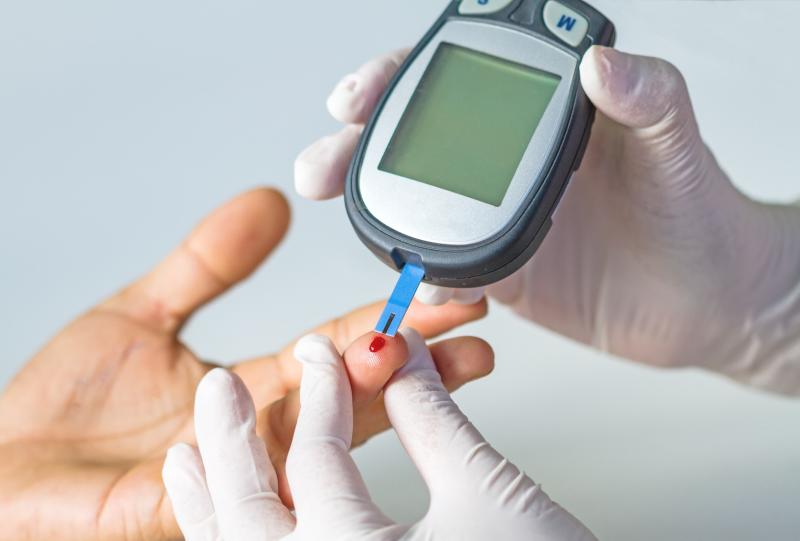
Low levels of glucose at bedtime of the previous day (BG) and fasting glucose (FG) appear to be reasonably predictive of nocturnal asymptomatic, serious, clinically important hypoglycaemia (NSH) in type 1 diabetes (T1D) patients taking insulin degludec (IDeg), a new study has found.
Thirty-one T1D patients (mean age, 46.9±11.4 years; 45.2 percent male) who underwent continuous glucose monitoring were enrolled. Measurements collected included BG, FG, and the range of post-breakfast glucose elevation (RG). NSH was defined as glucose <54 mg/dL between 12:00 and 6:00 AM.
The mean glycated haemoglobin (HbA1c) level in the cohort was 7.8±0.7 percent, and the average body mass index was 22.4±3.0 kg/m2. Participants had had diabetes for a mean duration of 19.5±9.7 years. NSH occurred in eight patients, yielding an incidence rate of 25.8 percent. Nocturnal, asymptomatic hypoglycaemia (NH) was reported in 16 patients (51.6 percent).
BG was significantly lower in those with NH (106±48 vs 155±78 mg/dL; p=0.045) and NSH (88±44 vs 144±69 mg/dL; p=0.044) than in those without. Similarly, the FG levels the following morning were significantly reduced in those with NSH than in those without (61±13 vs 130±68 mg/dL; p<0.001). Post-breakfast glucose did not differ between NSH and non-NSH participants.
Receiver operating characteristic curve analysis found that at an optimal cutoff of <90 mg/dL for BG, the resulting area under the curve was 0.79, and the sensitivity and specificity values were 0.83 and 0.75, respectively. For FG, the optimal threshold was <69 mg/dL, which yielded corresponding values of 0.86, 0.75, and 0.83.
“Our intention is that the data reported herein will find applications in clinical practice and prove helpful as reference data in formulating a treatment approach for patients with T1D that minimizes the risk of hypoglycaemia,” researchers said.